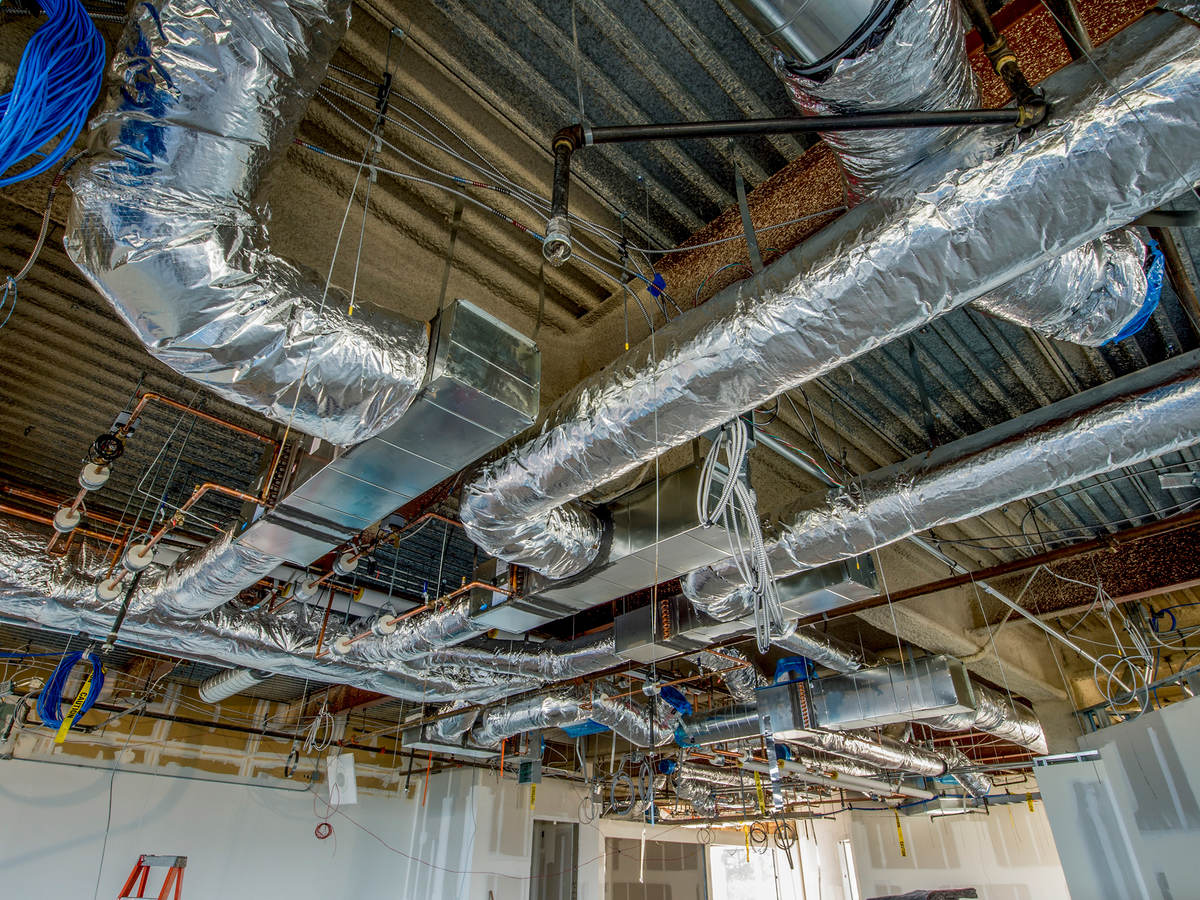
Ventilation pipe construction involves creating a system of ducts and pipes that allow for air circulation, either to provide fresh air into a building or remove stale air. This is a crucial component of HVAC (Heating, Ventilation, and Air Conditioning) systems in both residential and commercial buildings.
Here’s an overview of the key steps in constructing ventilation pipes:
Ventilation pipes come in different types, depending on the purpose and installation environment. Some common types include:
Use: Common in residential and commercial plumbing systems, including venting for drain-waste-vent (DWV) systems.
Advantages: Lightweight, durable, and resistant to corrosion.
Use: Similar to PVC pipes but often used in cold-weather climates due to their higher tolerance to low temperatures.
Advantages: Tough, impact-resistant, and durable.
Use: Used for high-temperature exhausts such as in chimneys or for range hoods and dryers.
Advantages: Corrosion-resistant and lightweight.
Use: Commonly used for high-performance systems like gas furnaces, water heaters, or exhaust systems.
Advantages: Very durable, resistant to corrosion, and able to handle high temperatures.
Use: Often used in HVAC systems and for venting exhaust gases.
Advantages: Strong, resistant to rust, but may corrode over time in highly humid environments.
Use: Typically used for venting air from HVAC systems, dryers, or range hoods.
Advantages: Easy to install and bend into tight spaces, but may degrade faster than rigid pipes.
Use: Sometimes used for venting gas appliances or chimney systems.
Advantages: Long-lasting and resistant to corrosion but can be expensive.
Use: Occasionally used for larger, more industrial applications such as venting in commercial buildings.
Advantages: Strong and durable but heavy and prone to rust over time.
The cost of constructing a ventilation pipe system can vary widely based on several factors, including:
Material: Ventilation pipes can be made from various materials, such as PVC, galvanized steel, aluminum, or stainless steel. The material selected affects both the cost of the pipes and the overall installation process.
PVC: Relatively inexpensive, ranging from $1 to $3 per foot.
Galvanized Steel: Moderately priced, ranging from $3 to $7 per foot.
Aluminum or Stainless Steel: Higher-end materials, ranging from $7 to $15 per foot or more.
Size and Length: The diameter and length of the pipe also impact the cost. Larger pipes or longer runs will increase both material and labor costs.
Labor: Labor costs can vary based on the region and complexity of the installation. An average rate can range from $50 to $150 per hour.
Installation complexity: Additional elements, such as bends, turns, or support brackets, will increase the cost.
Location: If the installation is in a difficult-to-access area, or in a region with higher construction costs, this can affect the total cost.
Additional components: You may need to account for additional components, such as fans, dampers, insulation, or vent covers.
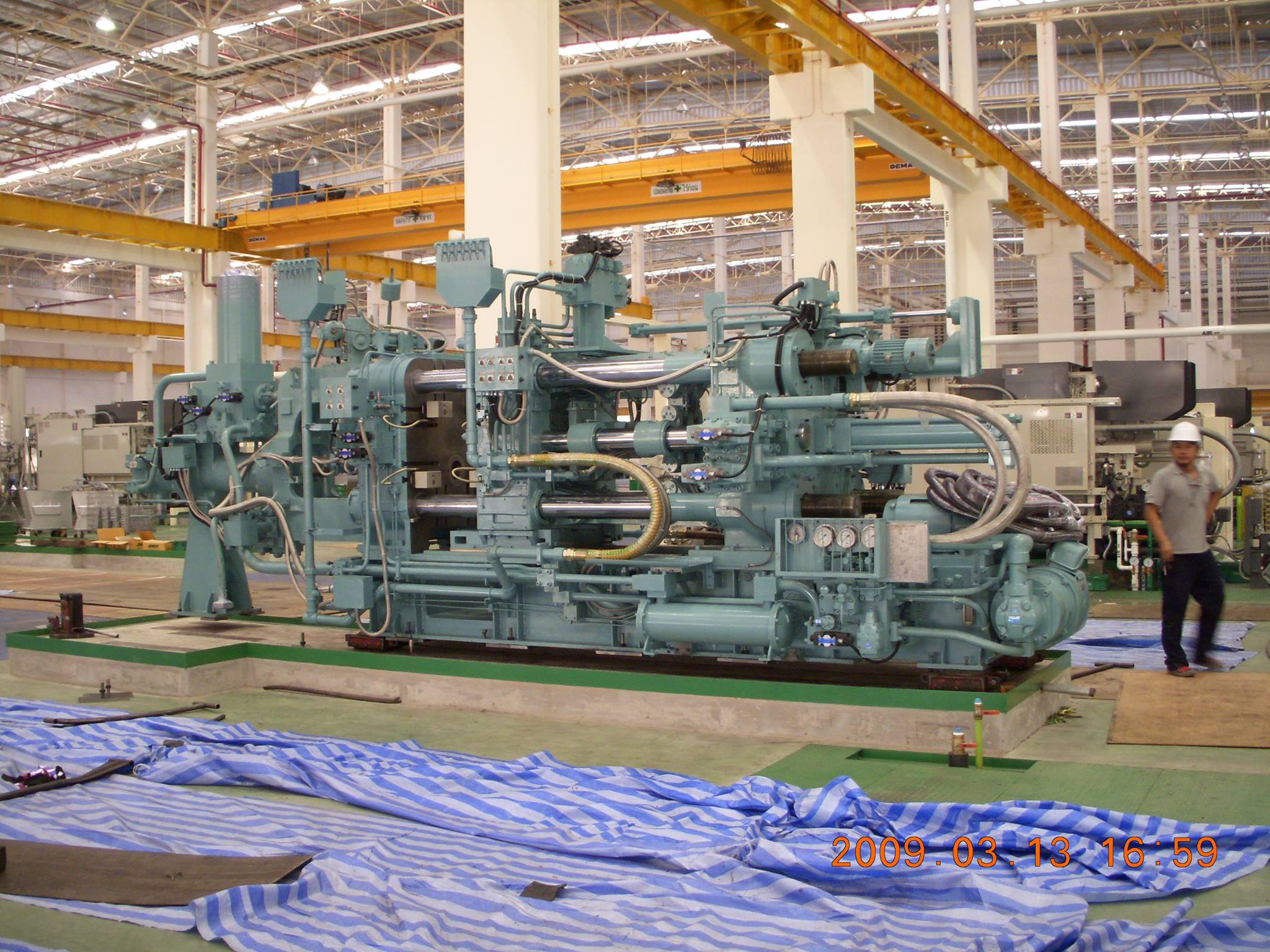

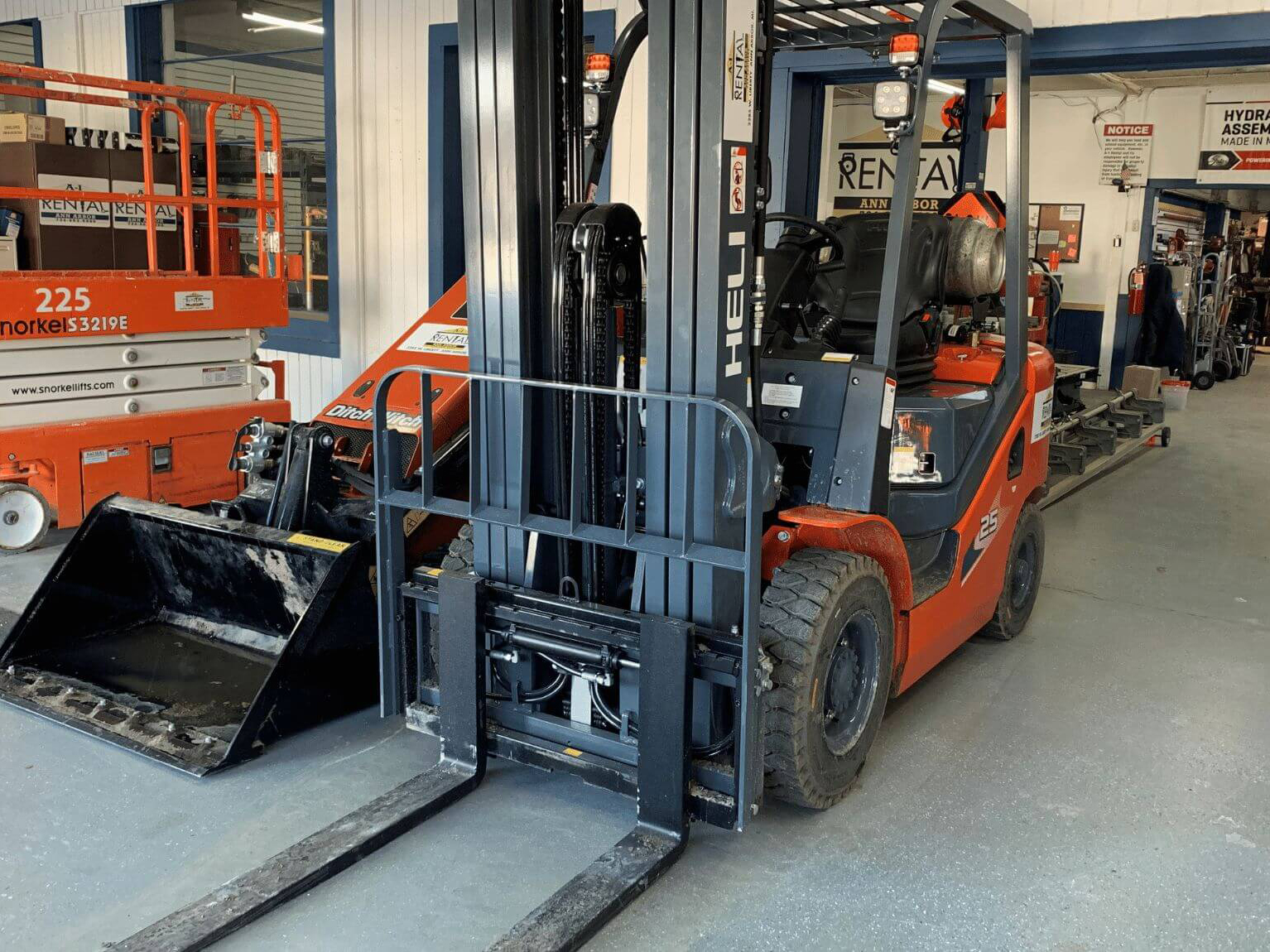
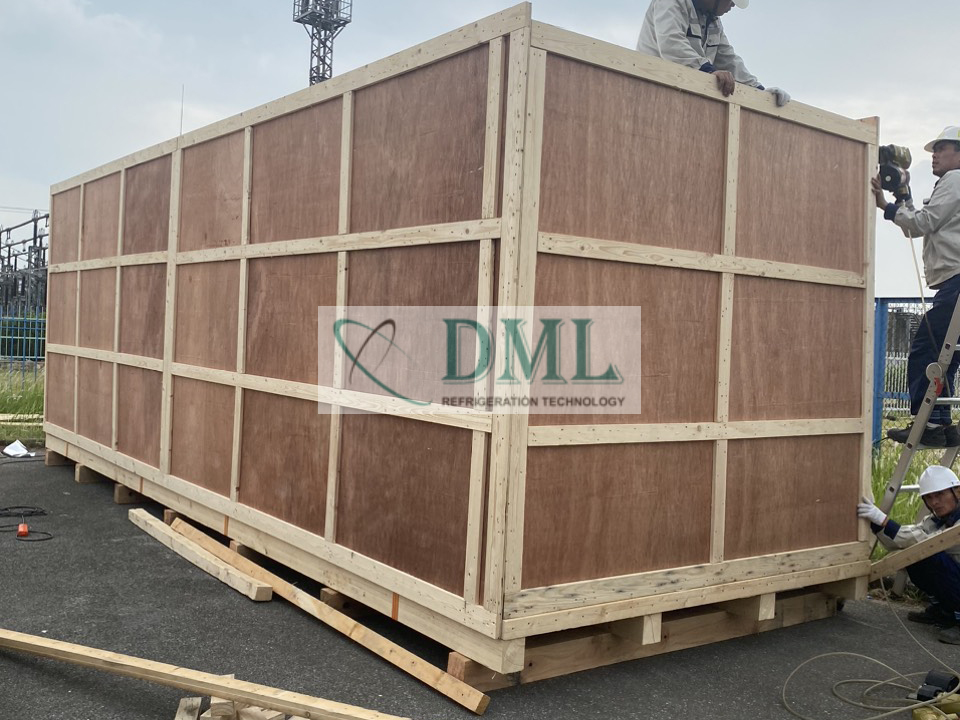
- Packing the machine in wooden crates - Close wooden pallets
More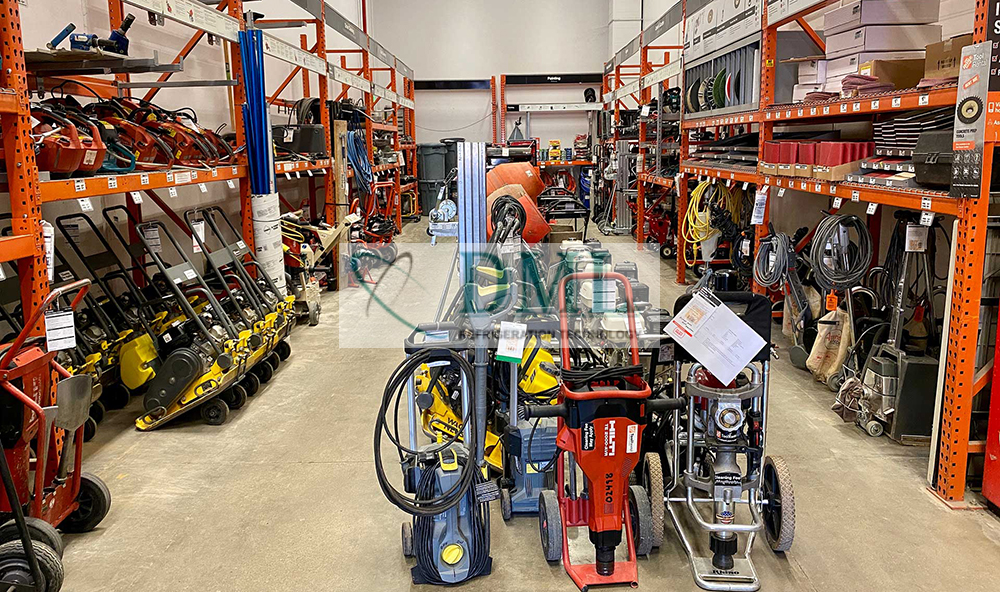
- Installation tools - Tools for construction - Electromechanical construction tools
More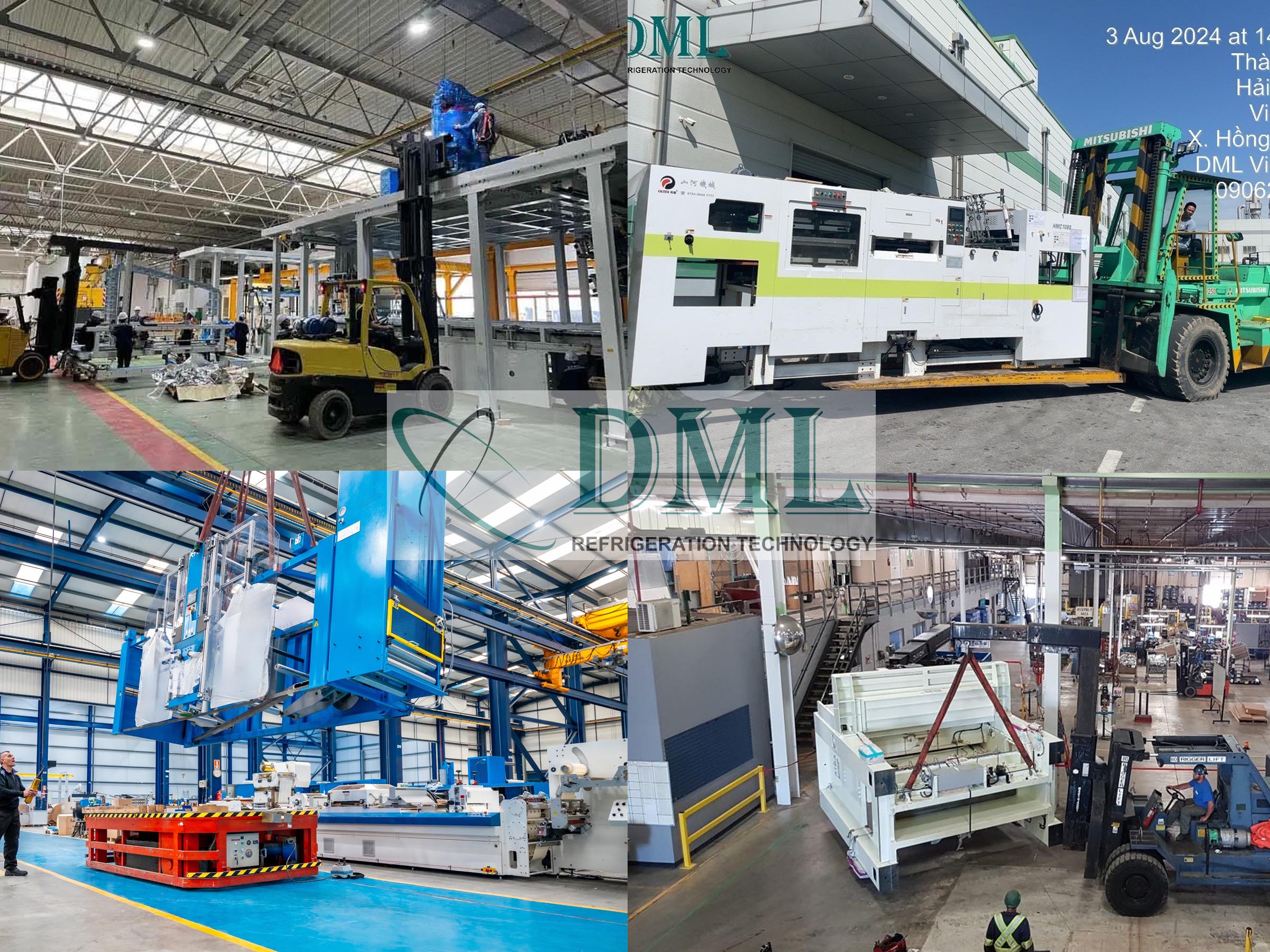
- Install aluminum press machine - Install plastic injection machine - Installing components manufacturing machines
More
- Install aluminum press machine - Install plastic injection machine - Installing components manufacturing machines
More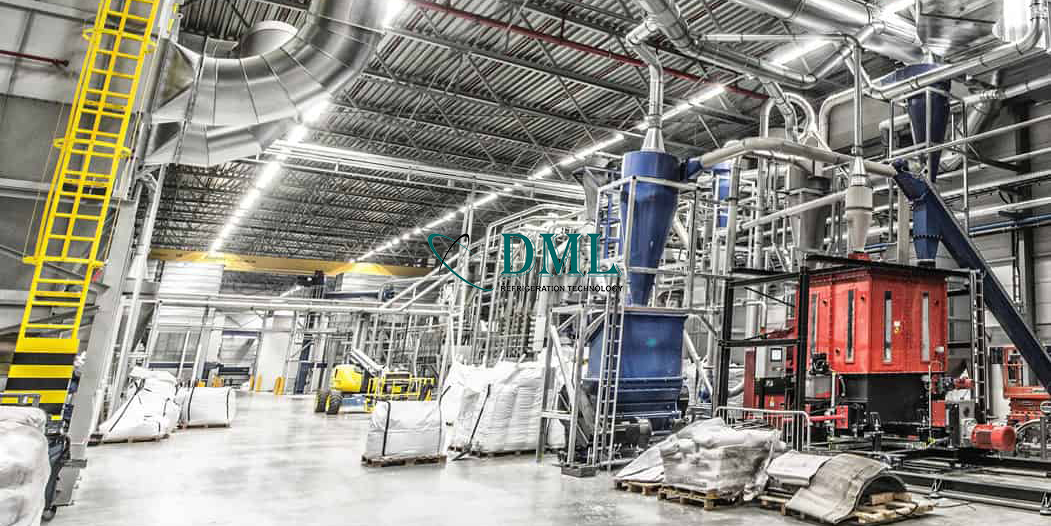
- Installation of plastic making machine line - Installation of components production line
More
- Packing the machine in wooden crates - Close wooden pallets
More
- Installation tools - Tools for construction - Electromechanical construction tools
More
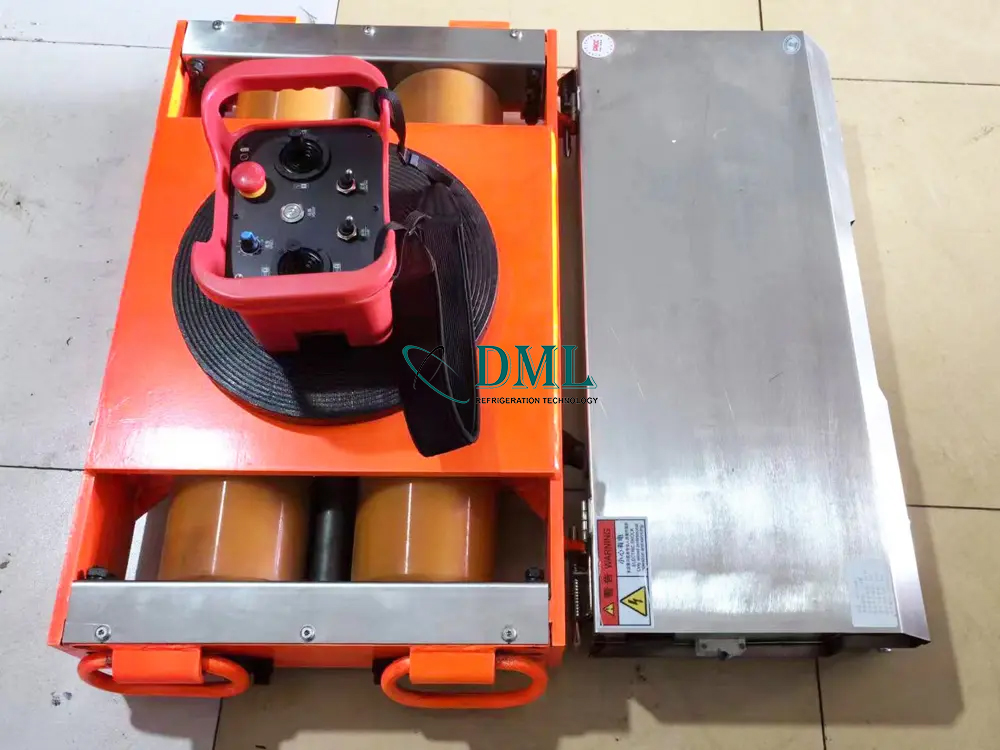
- Machine Skates electric High quality - Machine Skates electric from 2-200 tons
More

- Installation of plastic making machine line - Installation of components production line
More